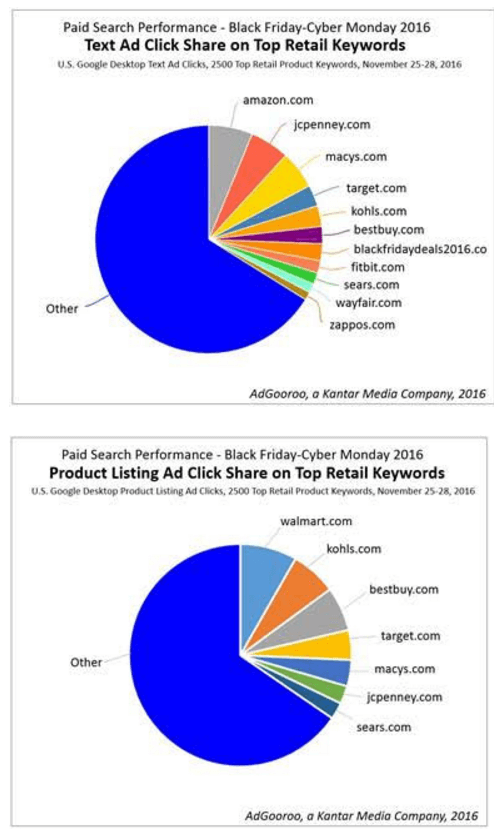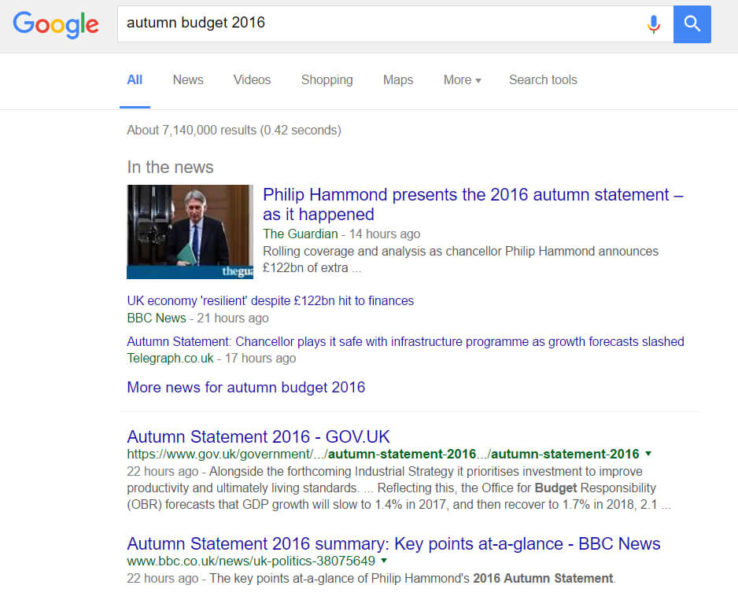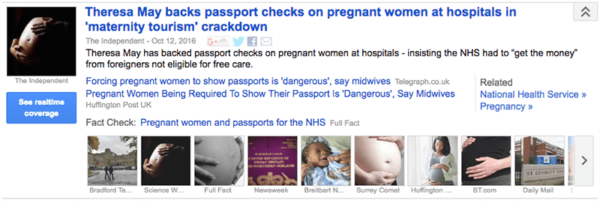Gone are the days when Bing took years to catch up to the new and innovative applications Google had launched within AdWords. In recent months, Bing Ads has been able to quickly implement comparable tools and features — indeed, they even have some unique features that AdWords does not offer.
Unfortunately, Bing is still often seen as the secondary choice when launching a paid search campaign. Marketers underestimate the true value of this ad platform and its unique audience. I have had great success with Bing campaigns; in some instances, the results far surpass outcomes obtained via the highly competitive Google platform.
The last couple of years have been exciting for Bing Ads, with the implementation of many new tools and features. Here are five of my favorite enhancements.
1. The Bing Ads app
I recently launched a new Bing advertising account and was impressed to see the availability of a Bing Ads app, which launched for iOS in April 2015. (The Android version was released later that year.)
Having an app available on mobile devices makes managing a paid search campaign on the go a breeze. This is a great feature for account managers who are often away from the office but still need to access their accounts to ensure proper management of campaigns.

2. Expanded ad text
On the heels of Google’s expanded text ads, Bing announced on October 25, 2016, that after a short pilot (conducted in August and only open to select advertisers), all advertisers worldwide are now able to implement expanded text ads within their Bing campaigns.
According to Bing, the expanded ads will work seamlessly across all devices, allowing advertisers the freedom to write more effective ad copy with compelling calls to action, thus driving more conversions.
Bing has also made it extremely easy for advertisers to incorporate expanded text ads into their advertising program with several implementation options available.
A standard ad (left) vs. an expanded text ad (right) in Bing
Many marketers, including me, are benefiting from the lessons they learned through the Google expanded text ad process and are now incorporating these best practices into Bing Ads.
Bing recommends that advertisers continue to run standard ads in parallel with new expanded ads, so as not to jeopardize overall performance of campaigns. In that way, marketers can test expanded ad performance against standard ads to gain valuable insights for future campaign optimization.
Google recently revised the date that standard ads will no longer be accepted (to January 31, 2017). In a similar move, Bing has indicated that it will continue to allow advertisers to create and edit standard ads through the first quarter of 2017.
(For a complete walkthrough, visit Bing Ads Help and learn more about what makes an effective extended ad.)
3. Shared budgets
In October 2016, Bing gave marketers the convenience and flexibility of a “shared budget.” This means that advertisers have the option of having multiple campaigns running under a single budget. Keep in mind that with a shared budget, Bing automatically adjusts how your budget is spent across all campaigns to help improve ROI.
Shared budgets eliminate the time spent setting up and calculating individual campaign budgets. This feature might be of benefit to you if:
- you would like to manage a single budget that can be used by all campaigns.
- you would like to reduce the time spent manually calculating individual budget allocations among a large number of campaigns.
- you want Bing Ads to reallocate unutilized budget to bolster campaigns that are performing well.
4. Expanded Device Targeting
In November, Bing opened up Expanded Device Targeting globally, giving advertisers the ability to adjust bids for various device types, and expanding the range for bid adjustments as follows:
- Desktop: 0% to +900%
- Tablets: -100% to +900%
- Smartphones: -100% to +900%
Bid adjustments by device type can be combined with Bing’s other targeting criteria, including:
- geographic location
- day of week or time of day
- device type
- age and gender
Targeting can be implemented at the campaign level or the ad group level. Keep in mind that ad group targeting will have precedence over campaign targeting.
5. Bing Partner Program
Also in November, Bing announced that they were expanding the Bing Partner Program to agencies, SMB partners and technology partners globally.
According to Bing, the Partner Program provides recognition and a deeper level of engagement for valued advertisers. Partners will receive special opportunities, brand association with Bing/Microsoft, access to valuable marketing content, technical and sales training and other benefits.
Utilize Bing Ads for a competitive advantage
Digital marketers should not dismiss Bing as a viable ad channel. In my experience, Bing Ads are an effective driver of brand visibility, leads and sales. I have several accounts where Bing significantly outperforms Google in terms of cost-effective, high-quality results. (Success will, of course, depend on your industry, audience and goals.)
I encourage digital marketers to look beyond the popular — and very competitive — Google ad platform. Test Bing Ads.



